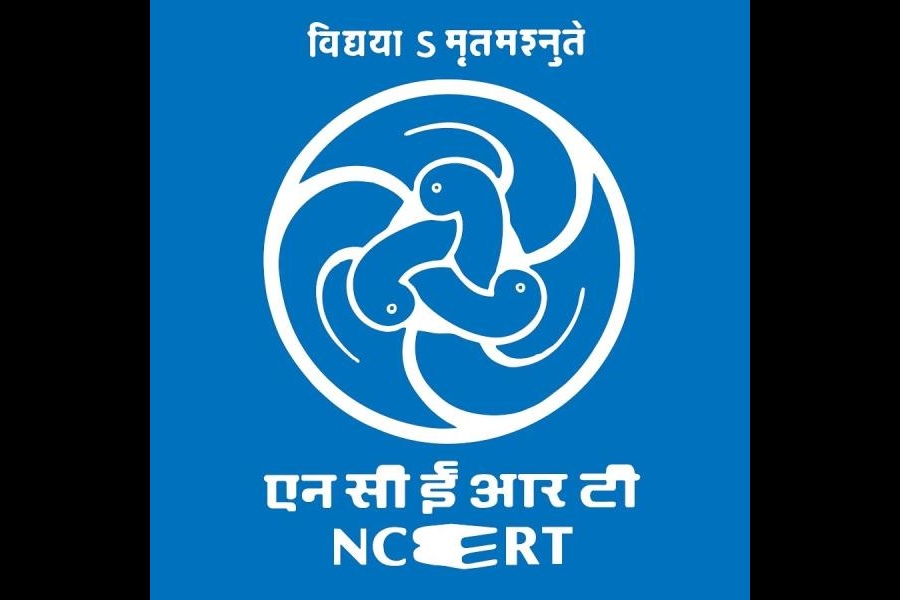
Cricketer Ankit Keshri, 20, died in a Calcutta hospital on Monday, three days after colliding with a teammate while trying to take a catch in a CAB First Division match. Metro spoke to doctors who had treated Ankit and other medical experts to find out what made his head injury fatal.
The injury
Ankit’s head collided with the knee of his teammate. He became unconscious and needed cardiopulmonary resuscitation on the ground before being taken to AMRI Hospitals, Salt Lake, where he was put in the intensive therapy unit. Doctors said he was drowsy when he was brought in.
The impact
He suffered a diffuse axonal injury, which means the white matter of the brain was affected. There were small clots on both halves of the brain.
First scans showed
Two clots on left frontal lobe and right internal capsule of the brain.
Course of treatment
He was administered drugs to manage the clots. Surgery was ruled out.
What happened after that
“He was initially drowsy but his condition seemed to improve later. He was able to sit up, speak to people and even go on a normal diet,” said Dibyendu Roy, neurosurgeon at AMRI, Salt Lake. Doctors were planning to shift him to the general ward but on the same day he had fever and so the plan to shift was stalled.
More investigations were prescribed but on Sunday night, he was shifted to Nightingale. “His condition was serious and it was not advisable to shift him. He was discharged against medical advice,” Roy said.

Multiple clots
At Nightingale, another CT scan was done and that revealed multiple clots in different parts of the brain. The tissues around the clots were swelling as fluids had formed, a condition called oedema.
What it means
Doctors said this was a common complication in trauma injuries. “The delay in the appearance of clots from this kind of injury isn’t uncommon. The deep-seated blood vessels break down and cause multiple haemorrhage after some time. There isn’t much to be done in such cases because most functions of the brain get affected. Prognosis is unpredictable,” neurosurgeon L.N. Tripathi said.
What might have caused death
Doctors said the swelling of tissues put pressure on the brain. “As time went by, the oedema increased and probably increased pressure on the brainstem, one of the most important parts of the brain,” said Buddhadeb Saha, neurosurgeon at Nightingale.
The brainstem plays an important role in the regulation of cardiac and respiratory functions. It also regulates the central nervous system.
In Ankit’s case, the pressure on the brainstem probably forced vital organs like the heart and lungs to malfunction.
His vital parameters were down and so he was put on ventilator. The heart stopped functioning and he suffered a cardiac arrest and died.










